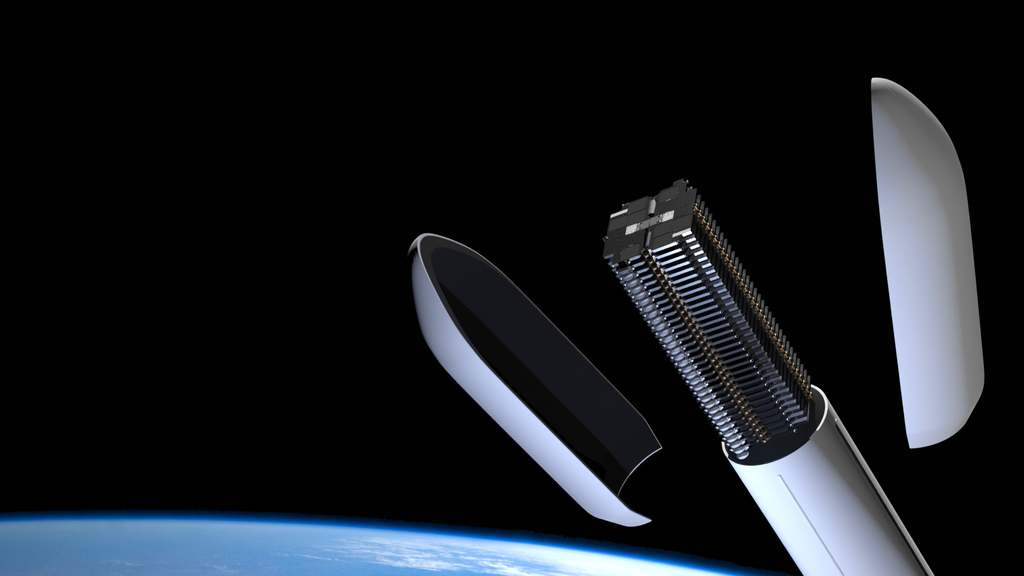
“SpaceX has not launched a Starlink mission in a bit over two months, SpaceX President Gwynne Shotwell said in mid-August that the company paused Starlink satellite deployments because they are working on completing the first batches of next-generation satellites equipped with laser communication links. Now, SpaceX is ready to launch Starlink satellites with inter-satellite lasers. An entire fleet of next-generation satellites will be deployed on September 13th during the first Starlink mission launched from California. The mission is known as ‘Starlink Group 2-1’, it is the company’s 29th operational mission dedicated to building the Starlink constellation. On Monday at 8:55 p.m. PDT. a flight-proven Falcon 9 booster will carry 51 satellites to orbit from Space Launch Complex 4E (SLC-4E) at Vandenberg Space Force Base in California.
Starlink Group 2-1 will be the first mission to carry all satellites with lasers. “These are V1.5 Starlinks with laser inter-satellite links, which are needed for high latitudes & mid ocean coverage,” SpaceX founder Elon Musk shared. These lasers enable the satellite fleet to operate without the need to communicate with a ground station on Earth. Instead, the satellites will beam data to one another via the laser links which enables a much faster data transfer rate to users on the ground because light travels faster in the vacuum of space than through fiber-optic cables. “[…] Data packets do not need to touch regular Internet – data can flow from user terminal to satellite/s to user terminal [customer dish antenna],” Musk explains. Once the satellites are in their designated orbit, the set of satellites equipped with lasers could be operational within the next “4 to 6 months.”
The booster that will conduct this mission is identified as B1049-10, it will be the booster’s 10th re-flight. SpaceX engineers aim to reuse each rocket at least ten times to significantly decrease the cost of spaceflight. “The booster supporting this mission previously launched Telstar 18 VANTAGE, Iridium-8, and seven Starlink missions,” SpaceX said. The company plans to recover B1049-10 a tenth time, they will land it on the ‘Of Course I Still Love You’ droneship, awaiting in the Pacific Ocean. A live broadcast video of this upcoming mission will be linked below, as soon as its available. ” tesmanian
Comment: Fusion power and the revolution in internet connectivity brought on by Musk. pl
https://www.tesmanian.com/blogs/tesmanian-blog/california-launch

I wouldn’t call it a revolution in internet connectivity, but it will be a major advance. Starlink still relies on stationary ground terminals. I guess it was a tradeoff to allow such small, relatively cheap satellites. Once those terminals are reduced to mobile handsets not under control of local telcos, then we’ll be in the realm of revolutions. If locals are able to jerry rig their own handsets/terminals and establish a connection with the Starlink satellite network, we will be in a whole new world.
TTG
What’s your opinion on OpenRAN?
https://open-ran.org/
Know nothing about it, but it looks like a logical and necessary development. It definitely beats networks of incompatible proprietary hardware and software. Seems like it serves a similar purpose as TCP/IP does for the internet in general. What I’m more familiar with is Apple’s move to BSD Unix with OS X. That opened up my world.
I am very tempted to sign up with Starlink. According to people here who have it (Australia) it’s quantum leap in price/performance compared with the rotten connectivity many of us have had to put up with.